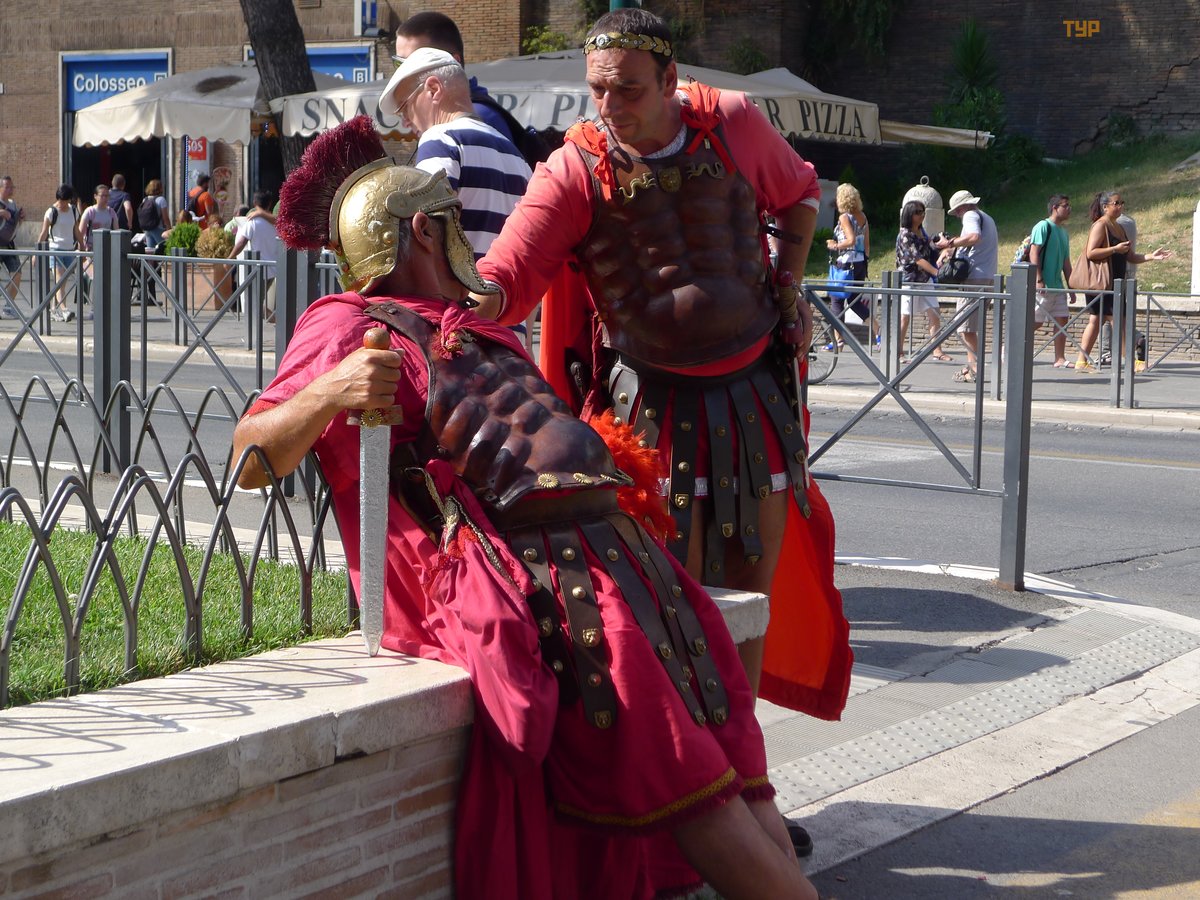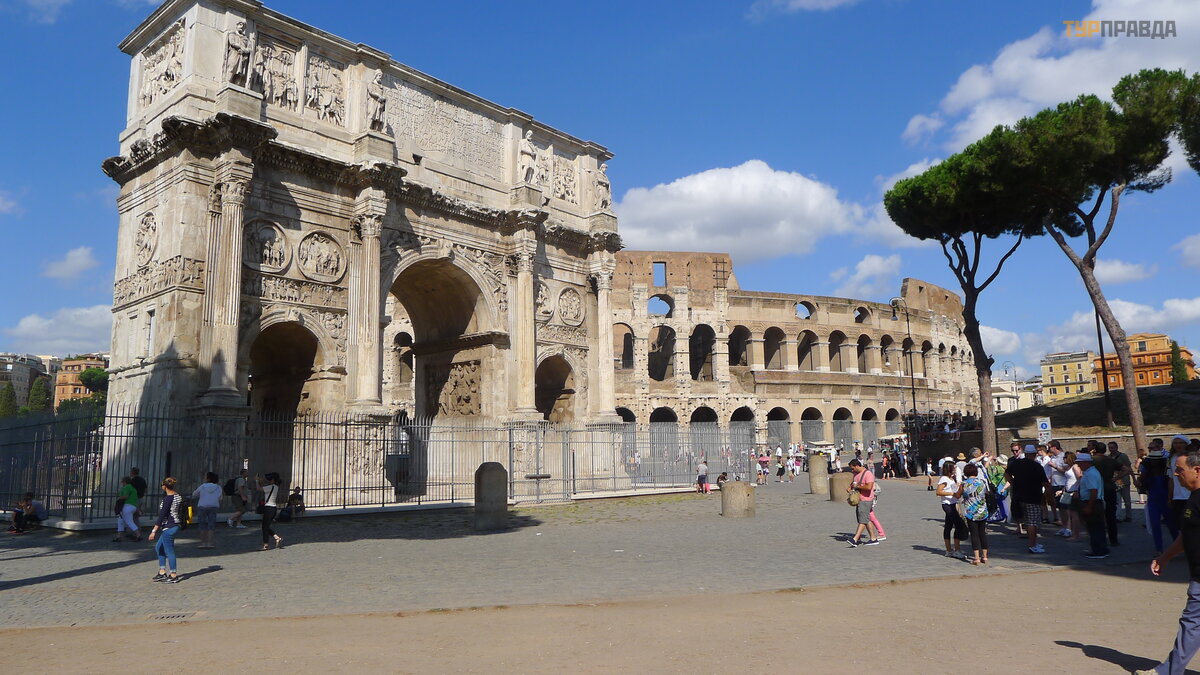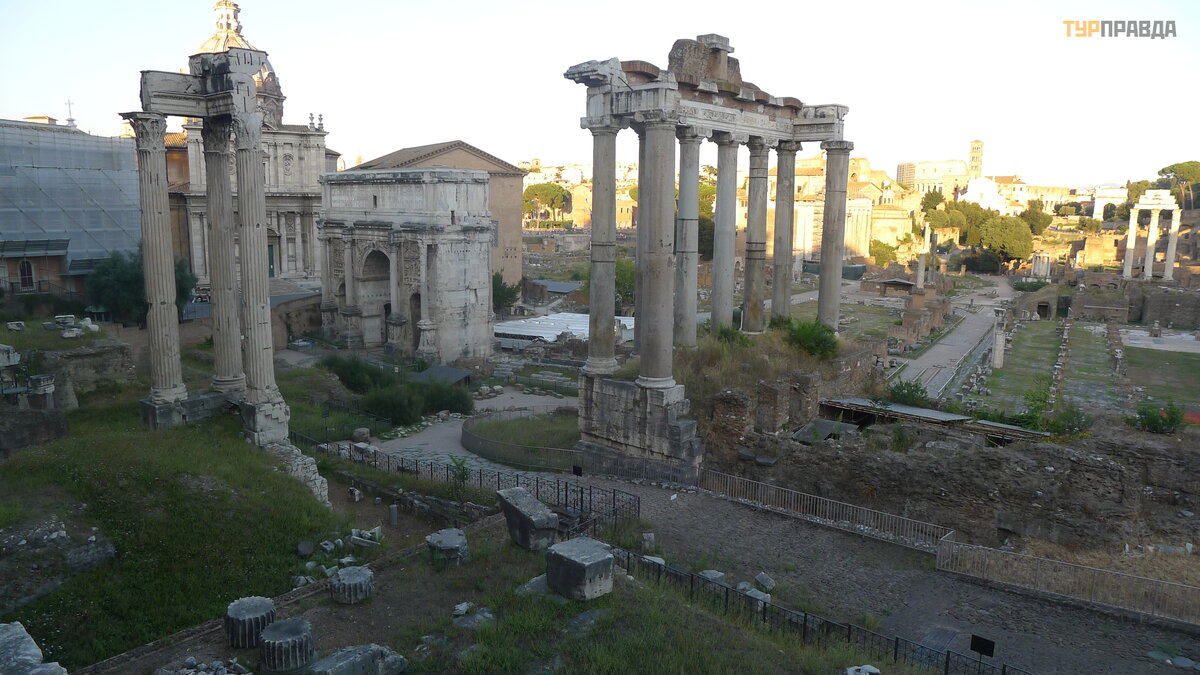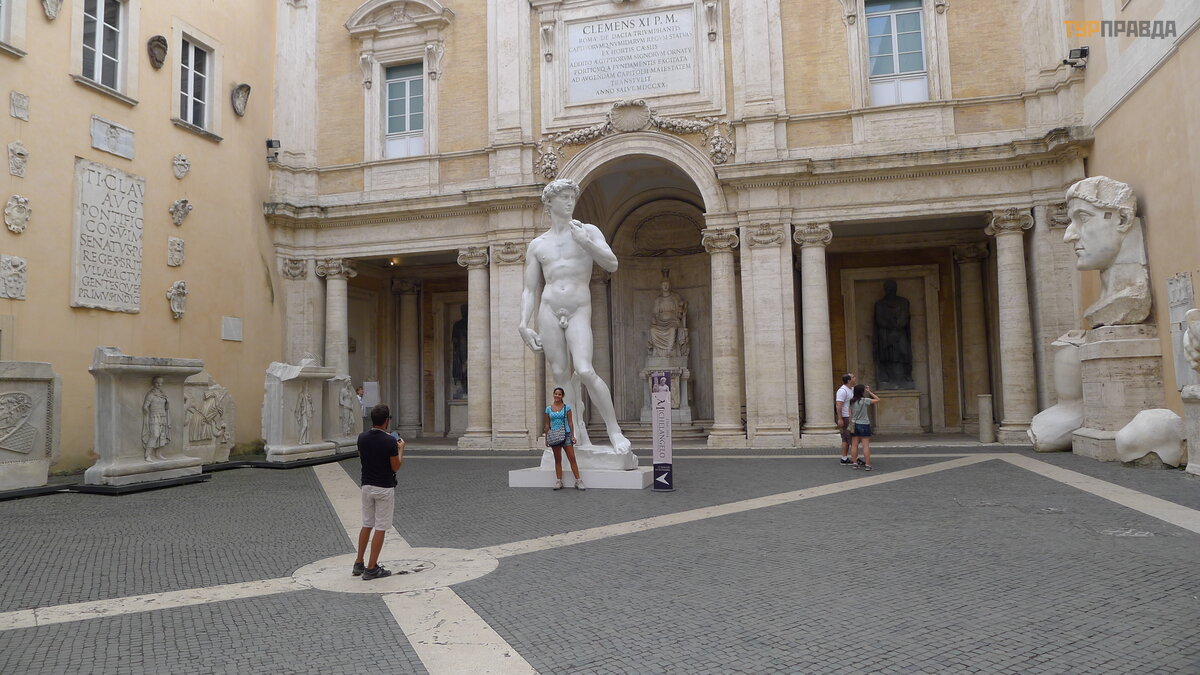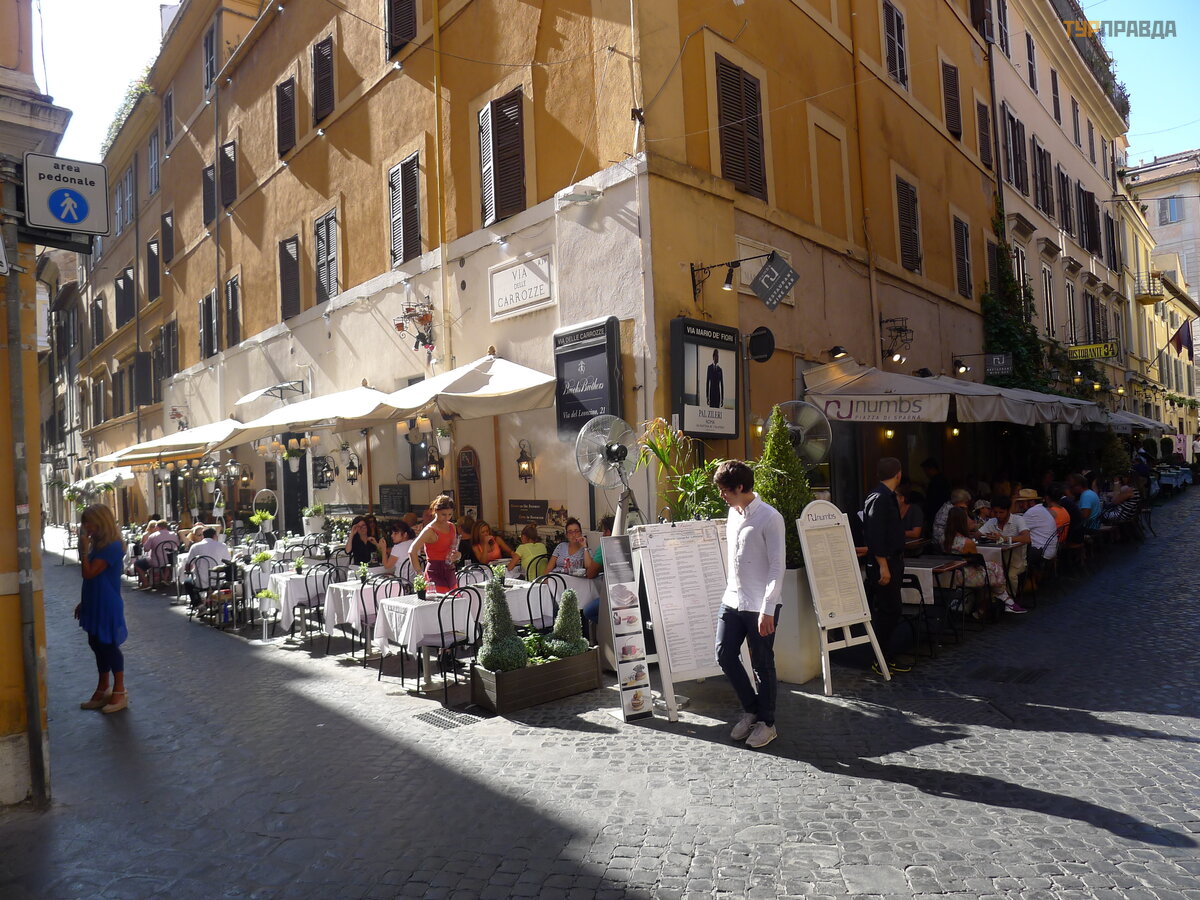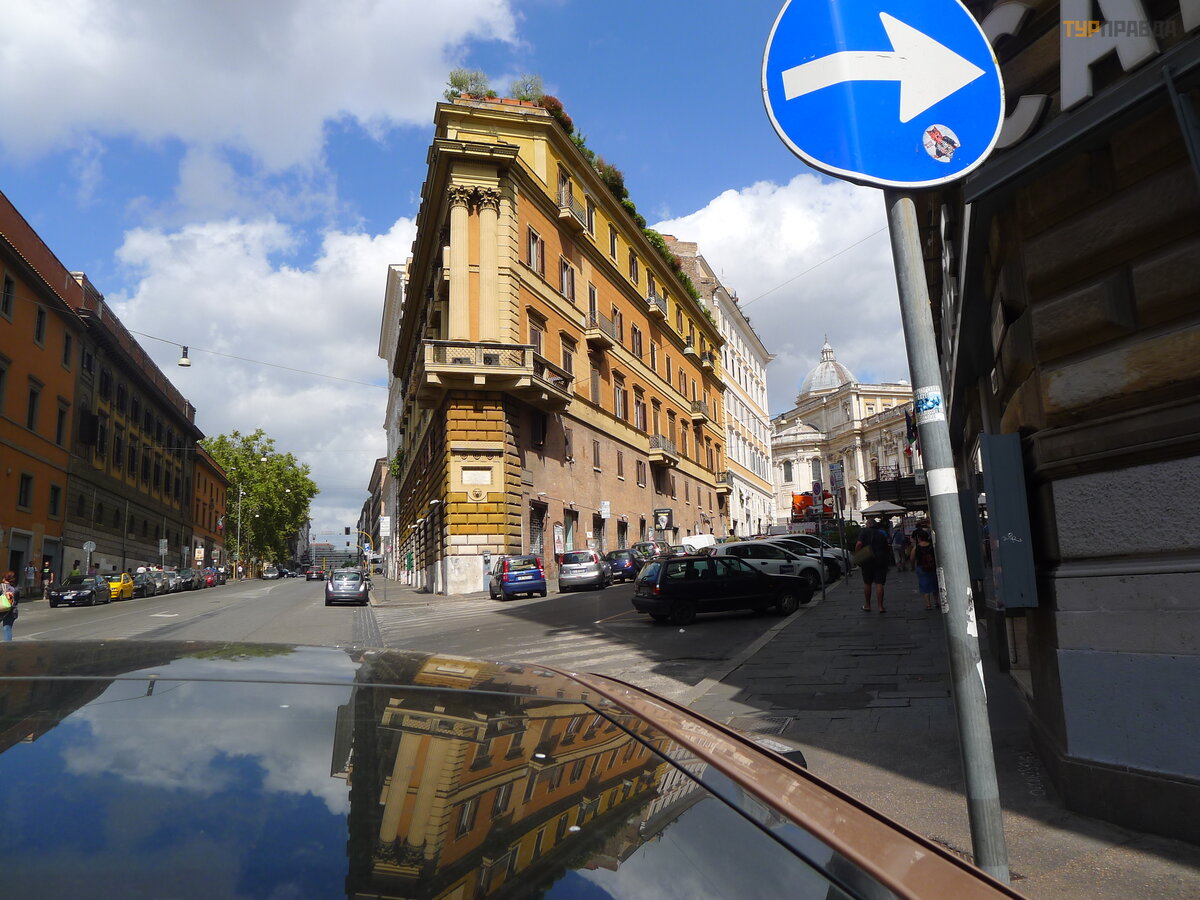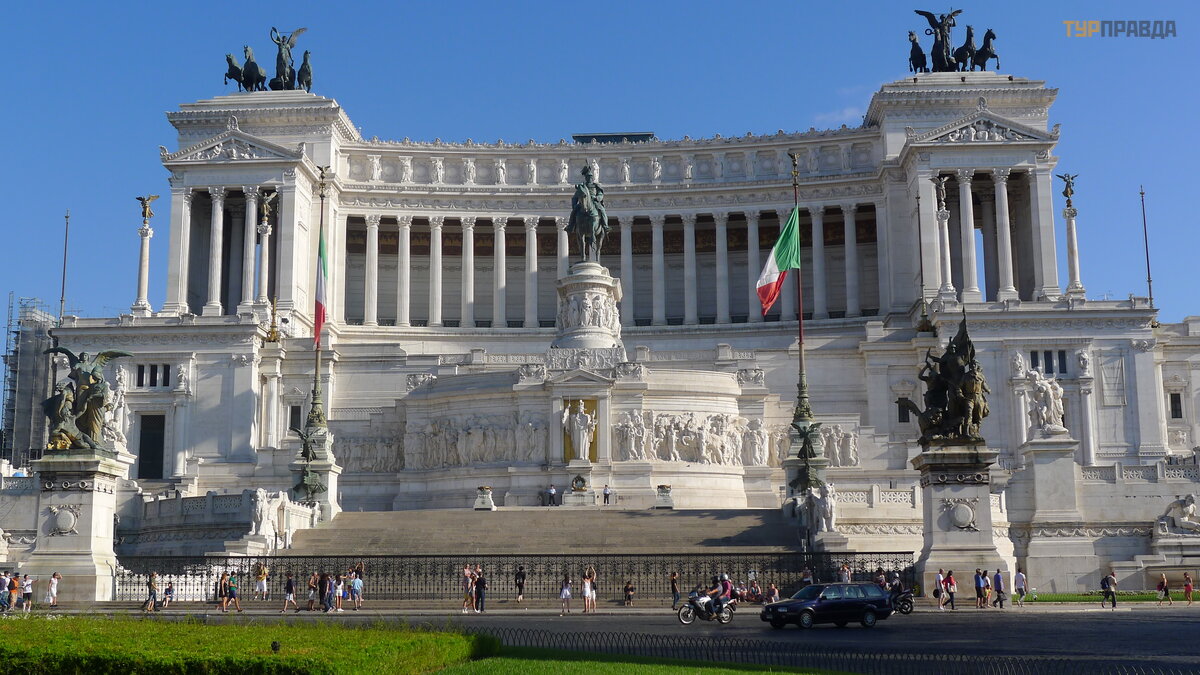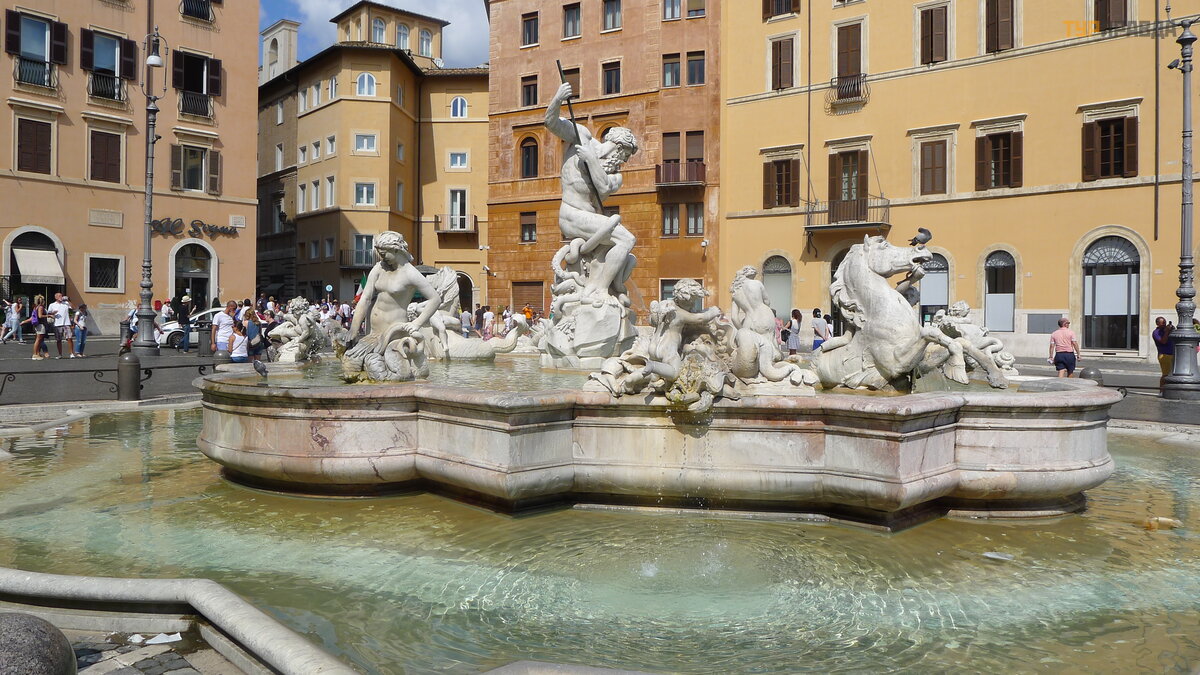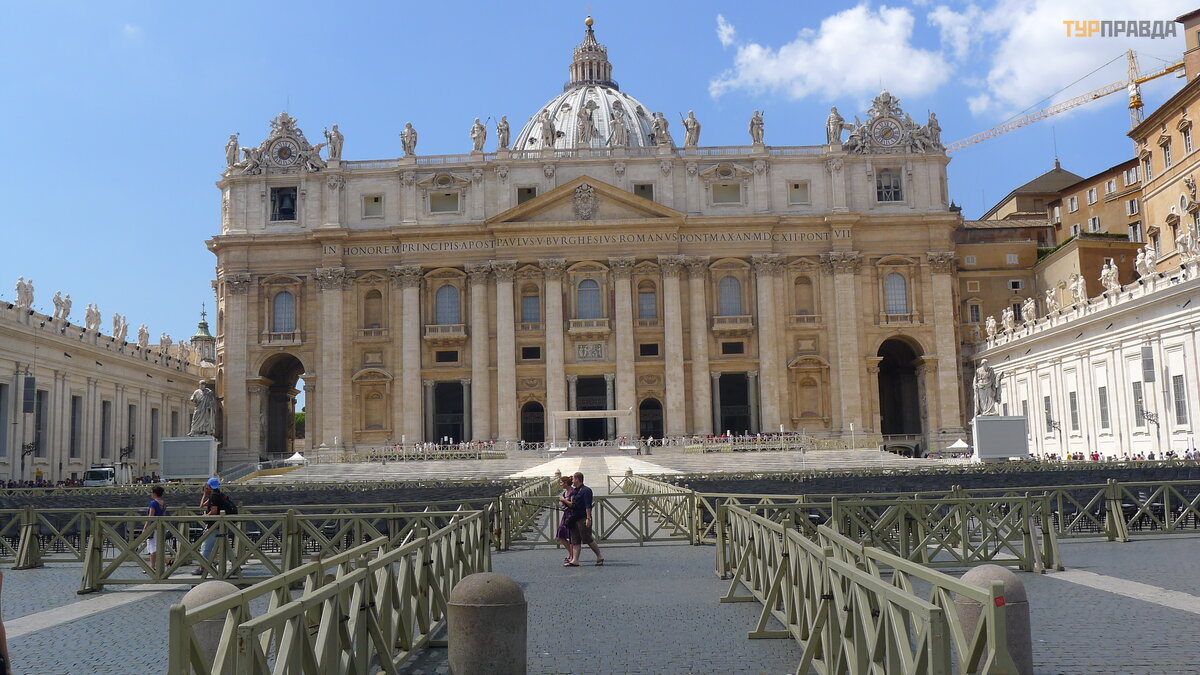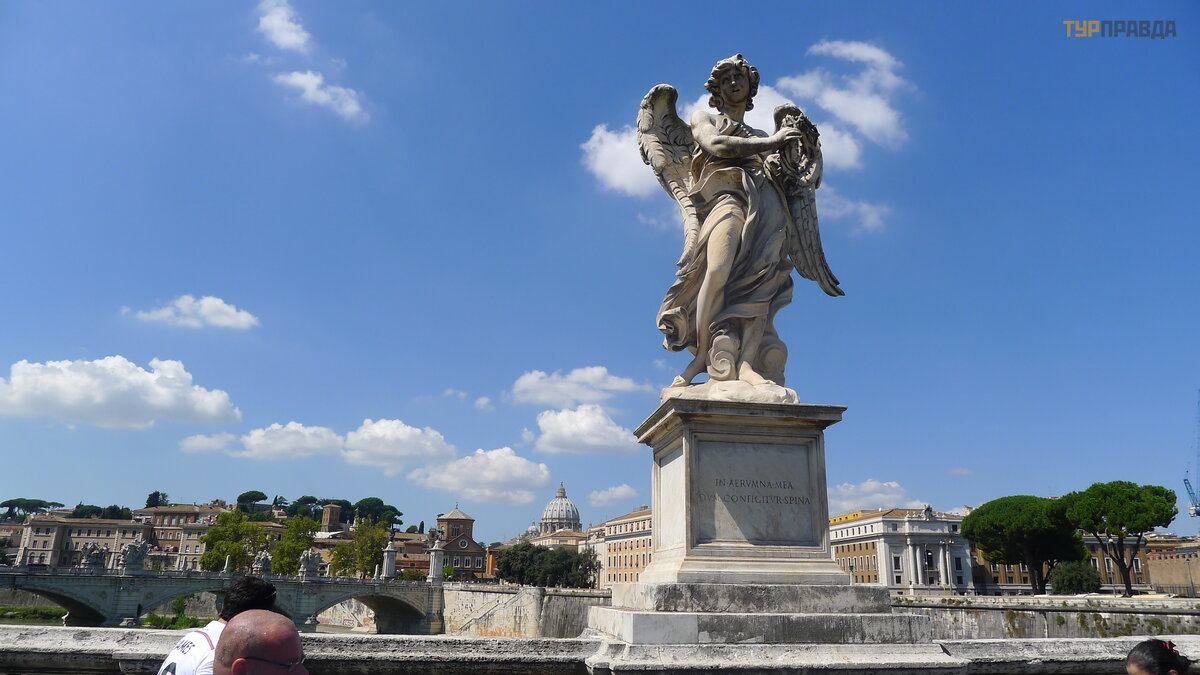Miru - Rome
Roman Holiday or my Dolce vita
Italy is an indescribable country. The cradle of civilization and the trendsetter, the producer of fine wines and the inventor of super cars, the area of virtuoso football and unique cuisine, the birthplace of the world's best singers, artists, film directors. The country is a holiday, the country is a delight. In her crown, the names of cities and provinces, known to all mankind for more than a dozen centuries, play and shimmer with diamonds. But the main decoration is the capital. This eternal city on seven hills, where all roads lead, was created by legends and built by the gods. You fall in love with it immediately, completely and leaving, you know that you will definitely return here. Because Rome is forever.
But let's put emotions aside (otherwise this story will not end) and we will smoothly move on to facts and practice.
We need to prepare for a trip to Rome. Prepare carefully. But stop, do not frantically rush to reread the textbook for the 5th grade "History of the Ancient World" or review Hollywood masterpieces about the great empire. You need to buy a map, a backpack and... comfortable shoes. You will have to walk a lot, and there some roads have not been paved for more than a thousand years. Age didn’t spoil them, they just “are not sharpened” for heels - then it was fashionable to pave sidewalks (and roadways) with stones. They lie like that - somewhere chipped, somewhere uneven, slippery in the rain, hot in the heat.
There will be a lot of information and it must be understood, analyzed and transmitted. Internet in Rome is everywhere, but for this you need to buy a local SIM card and register, although you can not buy it. Wi-Fi is available in almost all hotels and pizzerias-trattorias. True, sometimes you need to find out about the monument-building-street here and now, because around the corner there will be something else more beautiful or unusual.
The memory cards of your phones and cameras should be extremely empty and voluminous. I want to take pictures here all the time and absolutely everything. Plus, this fun is available here - in any church, in any museum, at any architectural masterpiece, you can even pose upside down. You can’t uncover cameras in the Sistine Chapel (this is the famous house church in the Vatican Museums, where a conclave meets according to its own needs, where the best choirs sing and where the walls were painted by the great Michelangelo and Botticelli) and in one or two halls of the Capitoline Museums (where it also dazzles in the eyes from world masterpieces and historical artifacts).
Yes, at the end of the trip you will not be discharged from the hotel if you do not pay the tourist tax (from 1 to 7 euros per day per person, depending on the star rating of the hotel), but this is completely justified money. The photo has already been mentioned, but the cleanliness of the streets, the impeccability of the restored facades of houses and the scale of archaeological excavations also require financial participation. And anyone can see that his money is not going to yachts or country villas of local officials, but to a very necessary, good cause.
By the way, about officials. Probably, the Italian “servants of the people” also have some kind of “toughness” scale, but if in our homeland the indicator of administrative happiness is a black “member carrier” of the representative class, then in Rome it is a motorcycle or scooter. Yes, these two-wheeled vehicles also differ in price, but you must admit that their Italian bureaucratic joys are somehow nicer. And there are a lot of motorcycles here.
The abundance of double-decker buses with open roofs on the roads is also striking. They are everywhere - at the Colosseum, Massimo Circus, Piazza Venezia, St. Peter's Basilica, Trevi Fountain, Termini Station. This type of transport is a pure tourist "lure". It’s great, it’s considered to be a ride around Rome like this! But such trips are not for everyone. Firstly, it’s expensive, secondly, it’s not interesting - there is no visibility on the first floor, on the second floor it’s either hot or damp, thirdly, there is very little information in Russian, and with English, and even more so with Italian, our tourists , alas, they are not very friendly.
By the way, a tip: when going to Italy, read and memorize a few phrases in Italian (it's not difficult). In any cafe, you will be welcomed as a native when you successfully screw in a phrase in a conversation. And who would not like a respectful attitude to their native country, culture, language? But no matter how much you chat with speakers of the great and melodious in their native language, you need to know such a subtlety about the cafe: the cost of drinks, snacks, food at the counter or counter costs one and a half times cheaper than the same at the table. Therefore, if you are not very tired yet, have a snack while standing. Or take a bottle of wine, a tomato, cheese, fresh bread from the store (and there is no other in Rome) and sit on any free bench. Here you can eat, drink, sit anywhere, anywhere, well, or almost everywhere. In extreme cases, the carabinieri will threaten with a smile with a finger. The main thing is not to litter and do not interfere with others. This is surprising, but despite the mighty pandemonium, polyphony and heterogeneity, a kind of Roman Babylon, the city has an absolutely friendly, benevolent atmosphere. The first reaction to a caught look is a wide smile.
Care for others is also a good trait of Roman citizens. Despite the rather intense and energetic nature of the Italians, loud music is unlikely to disturb your sleep at night or someone will yell something over your ear in the subway. A loud motorcycle will fly by at night, but that's another story.
Returning to the topic of food, I want to say: "Be careful and careful. " Firstly, it is better to eat away from the tourist trails and routes, and where there are no names written in English on the menu, one can still hope that they are cooking for their own. This is both a guarantee of quality and a significant savings in money. Secondly, you need to be ready for the Italian serving of food - al dente. It is strange at first, non-Italian look, to crunch pasta. Don’t expect a salad generously seasoned with oils and sour cream either, at best, they will bring sliced vegetables stacked in layers, arranged with pillows of greens - they don’t get creative with this. A glass of wine is also not standardized by the usual 125 or 250 grams - it all depends on the bartender and the level of the establishment. True, they will always offer a present - a vase with chips or nuts. Pizza is also not the same everywhere, it comes across both very tasty and not very tasty.
I fell in love forever with a wonderful minestrone soup (they really don’t do this in their homeland: a crowd of stewed vegetables in broth, they are served with croutons and grated cheese), lasagna (due to the high cost of meat, they don’t put much of it - the emphasis is on bechamel sauce, very tasty) and... ice cream. Where in the world do they make better ice cream than in Rome? Well, about the shop, cheese, wine and tomato - you remember.
Two words about transport. From Fiumicino Airport to Rome Termini Station can be reached for 60.20, 14.6 and 4 euros. In the first case, you pay for a transfer from the airport to the hotel, in the second case, you pay bus drivers - "bombs" waiting for you right at the exit from the international sector. 14 European rubles costs a trip on the legendary Leonardo express train, and 6 and 4 - travel on the most comfortable buses "without extra charge". No one could explain to us how the pricing policy is built, maybe we should learn Italian? But draw the conclusion yourself - why pay more?
A one-time trip to the metro will cost you 1.5 euros, but for 100 minutes you can use it on land transport. You can buy a daily (or more) ticket, trips will cost you a little cheaper, but the metro in Rome is much inferior to all Soviet models, so there is nothing to see there - walk on the ground. You will find where to spend money.
For example, you will be charged a fee to visit the Capitoline Museums and the Vatican Museums. It costs up to 25 euros per person, but there are days "for the people. " Having got to the Vatican on the last Sunday of the month (it is on such days that the “holiday” is here), we went through all the museums absolutely free of charge. Having defended, however, a long, but very picturesque and in no way tedious queue.
A ticket to the Colosseum costs 12 euros, but with it, after visiting the main fighting arena (they say on the opening day of the Colosseum more than 500 lions, tigers and other exotic "animals" "performed" here along with people), you can go to the Roman a forum where all our historical characters once sat in senates and baths: patricians and emperors, and in the Palatine - the main of the seven hills of Rome, where that very she-wolf fed those same Romulus and Remus.
In general, you need to thoroughly prepare for the Roman Holiday. It is unlikely that this will work out perfectly (you will not avoid mistakes and you will have your own experience), but you can try. Your sweet life (Dolce vita) is in your hands.
Oleg Finaev.
